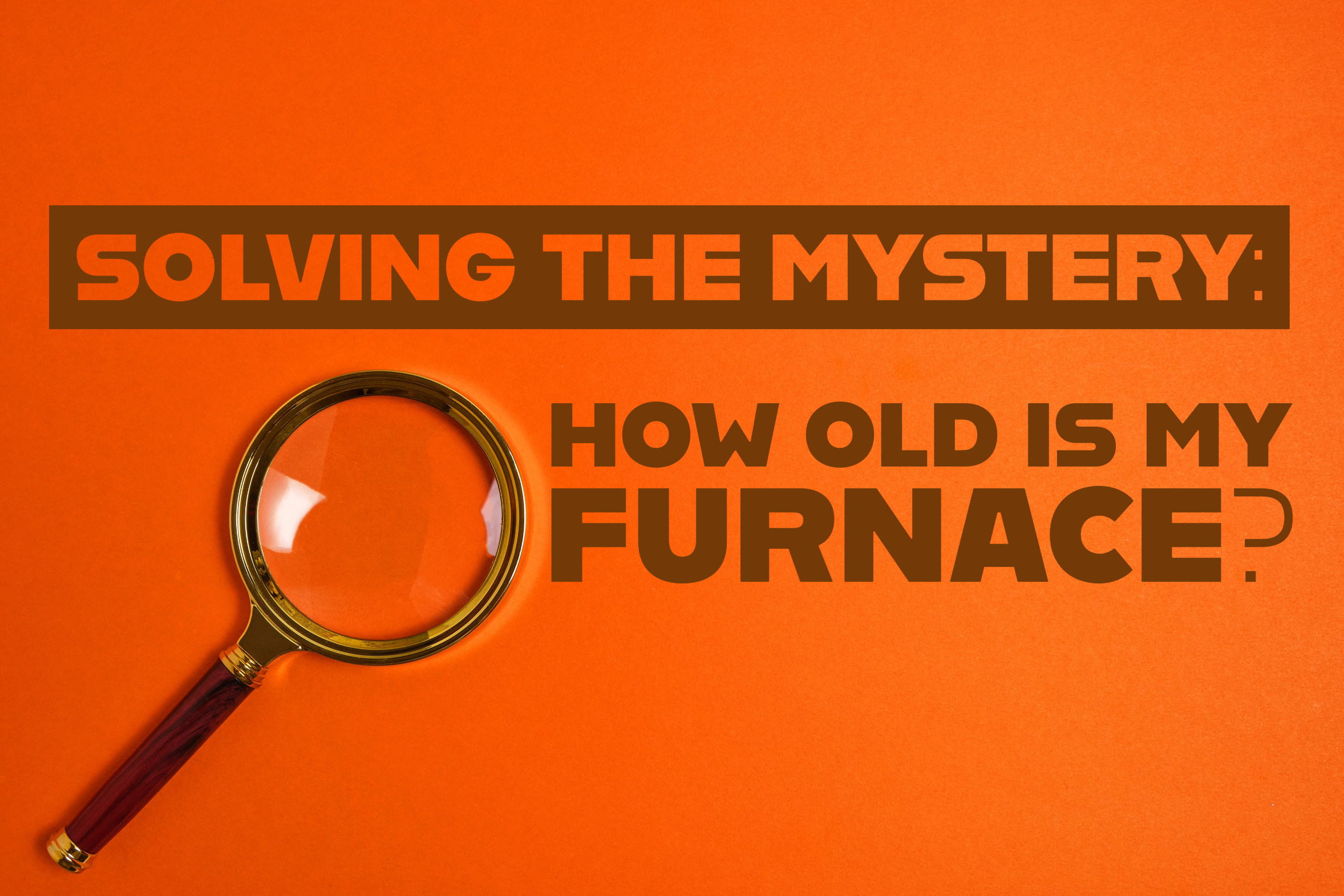Imagine those bone-chilling winter days without your faithful furnace. Impossible, right? Your furnace, the winter hero of your home, keeps your home warm and comfortable during the frosty months. Yet, like all appliances, furnaces have a limited lifespan, and keeping track of their age is crucial for homeowners. So, whether you’ve just moved into a new home or your furnace has been around for decades, Wilmington Heating & Cooling has your back. Join us in this blog as we uncover the secrets to help you determine your furnace’s age.
Knowing Your Furnace’s Age:
Let’s begin by understanding why you should be curious about your furnace’s age. Here’s a quick rundown:
- Maintenance: To keep your furnace running efficiently and safely during the colder months, regular maintenance is a must. Knowledge of your unit’s age helps you schedule timely inspections and tune-ups, ensuring top performance. Moreover, it helps the technician to know the general age of your furnace beforehand as well.
- Repair or Replace: When your furnace throws a curveball and starts acting up, knowing its age is vital. It guides you in deciding whether investing in repairs is the right move or if it’s time to consider a new unit. An informed decision is always the best kind of decision.
- Lifespan: Did you know that furnaces typically have a lifespan of 15-20 years? So, if your furnace is approaching or has exceeded this range, it’s wise to start thinking about a replacement before any unwelcome surprises occur.
- Warranty Coverage: Most furnaces come with manufacturer warranties, but these warranties are only valid for a set number of years. Therefore, understanding your unit’s age can help determine if any warranty coverage still applies.
Looking in the Owner’s Manual:
To unravel the age of your furnace, the first stop on your journey is the owner’s manual. The manual usually contains details about the installation or manufacturing date, providing you with a rough estimate of your unit’s age. So, if your owner’s manual is still in your possession, flip to the introductory section or a dedicated “Specifications” page.
Seeking the Manufacturer Label:
If your owner’s manual has mysteriously vanished or doesn’t yield the information you need, don your detective hat and look for the manufacturer’s label on your furnace. You’ll typically locate this label inside the furnace cabinet or on the unit’s side. It holds crucial data, including the model number, serial number, and manufacturing date.
To decipher the manufacturing date, pinpoint the serial number, where you’ll find a sequence of letters or numbers that indicate the date. Be aware that different manufacturers may employ distinct coding systems. Some manufacturers offer a straightforward format like “MFG Date: MM/YYYY.”
Reaching Out to the Manufacturer:
If the serial number or manufacturer’s label still leaves you puzzled, don’t lose heart. You can always connect directly with the manufacturer. Reputable furnace manufacturers generally have customer service teams ready to assist you with your questions.
Consulting the Professionals:
For those who prefer a hands-off approach, consider consulting a licensed HVAC technician. During your routine seasonal furnace check, these pros can swiftly pinpoint the manufacturing date and provide insights into your furnace’s condition and estimated remaining lifespan. Seasonal checks are an excellent way to keep your furnace in peak condition.
In Conclusion:
Knowing your furnace’s age isn’t just about satisfying your curiosity; it’s about ensuring your home’s comfort year-round. You definitely don’t want your furnace to leave you in the cold when you need it most!
Call Wilmington Heating & Cooling today at (937) 764-3575, or schedule an appointment online by clicking here!
















